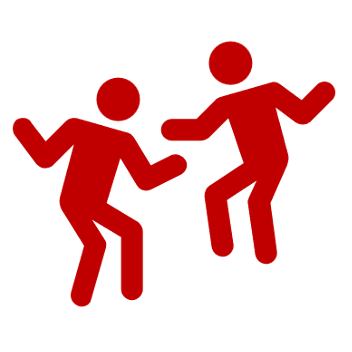Alternative Text
On this page:
Summary
Alternative (alt) text is a short, descriptive explanation of images or graphics that communicate their purpose and context in digital content. Images, charts, and graphs all require alt text.
Impact
When adding images to digital content, it’s important to think about both users who can view visuals and those who cannot. This includes individuals who are blind or have low vision, as well as anyone using assistive technology or browsing with images turned off. Without alternative text, those users miss out on the information conveyed by images. The message behind the image is lost unless it’s described in text.
Dos and Don’ts
Do
- Provide a clear, objective description of the image’s content.
- Incorporate details that serve to help visualize more detailed images.
- Consider the purpose and context of the image when writing your description.
- Ensure correct grammar, spelling, and punctuation.
- Include the alt text in plain text under the chart or image if the description requires more than 3 sentences.
Don’t
- Do not begin with phrases like “picture of…” or “photo showing…”. Screen readers announce an image’s presence before reading the alt text.
- Don’t make assumptions about a person’s identity in describing them. Create alt text from known facts and objective descriptions.
- Refrain from using abbreviations, symbols, emojis, or quotation marks in your description.
How-To
The images below show people dancing. The left image demonstrates a poor example of image description, while the right image provides an accurate and effective description.
ban Poor description

circle-check Effective description

- Alt Text for Simple Images (Video)
- Alt Text for Complex Images (Video)
- Describing People with Inclusive Alt Text (Video)
- Don’t Rely on AI for Alt Text (Video)
- Alt Text for Charts and Avoiding “Spoilers” (Video)

